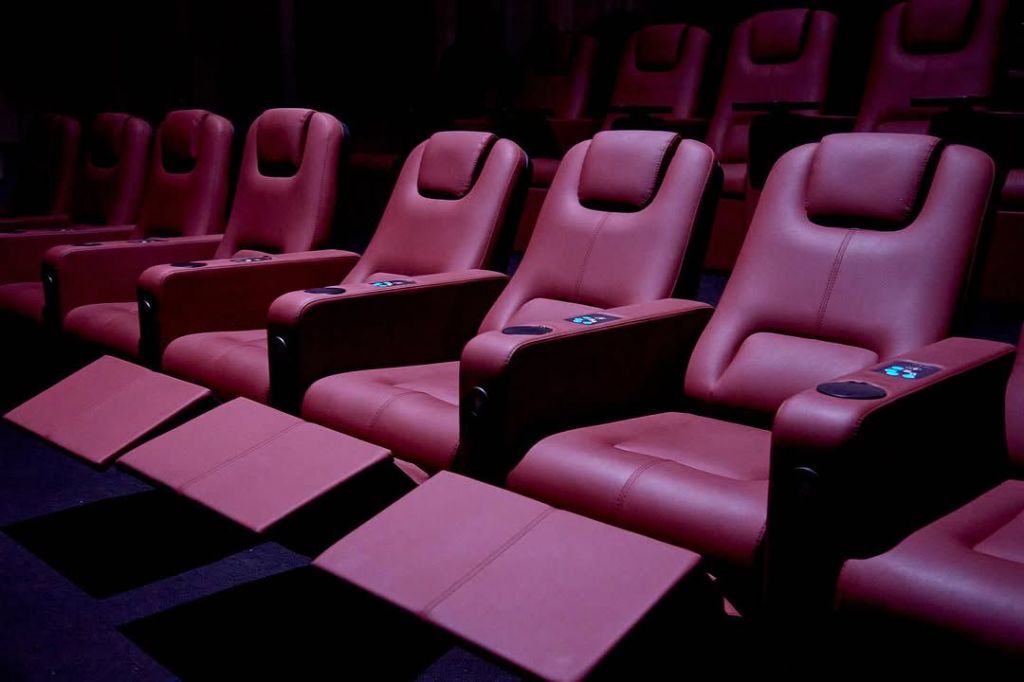
In Nollywood today, filmmakers face a tough choice: should they release their films in cinemas or explore alternative platforms like streaming services?
While a theatrical release holds the allure of prestige and visibility, it’s also a huge risk, especially in an industry as competitive as Nollywood.
With an increasing number of slate of local and international films vying for screen time and audience attention, filmmakers must weigh the potential rewards against significant risks.
The competition for screen time
One of the biggest challenges of a cinematic release is securing sufficient screen time. Major cinema chains prioritize blockbuster films, often highly anticipated Nollywood releases with established stars.
Smaller productions frequently get squeezed out, and relegated to off-peak hours or limited runs, significantly reducing their chance of success.
For instance, when a Hollywood juggernaut like Bad Boys: Ride or Die or Mufasa debuts, it dominates screens across Nigeria, leaving little room for local films.
Even Nollywood heavyweights like Funke Akindele’s Omo Ghetto: The Saga or Toyin Abraham’s Alakada can overshadow smaller or mid-tier productions, making it almost impossible for these films to stand out.
Marketing and promotion costs
Releasing a film in cinemas requires an aggressive marketing strategy. Billboards, trailers, social media campaigns, and PR events are just a few of the expenses filmmakers must budget for.
Without substantial promotional efforts, even a great film might fail to draw audiences.
However, marketing budgets can quickly spiral out of control, especially when competing with films backed by corporate sponsorships or large production houses.
For independent filmmakers, this financial burden can become overwhelming, eating into profits or resulting in a net loss.
READ ALSO: Nollywood veteran, Ngozi Ezeonu calls out young ladies over ‘indecent dressing’
Audience preferences and ticket prices
Another hurdle is the audience itself. Nigerian cinema-goers are increasingly selective, gravitating toward films with proven star power, compelling trailers, or strong word-of-mouth buzz.
Additionally, ticket prices in urban areas can deter casual viewers, who may choose more accessible or affordable entertainment options like streaming platforms or YouTube.
This creates a challenge for niche or experimental films that might not have mass appeal but could thrive on alternative platforms where they can find their specific audience.
Revenue-sharing challenges
Even if your film manages to attract audiences, the revenue-sharing model used by cinemas can significantly impact profits.
In Nigeria, cinemas typically take a significant percentage of box office earnings; sometimes up to 60% during the first week of release.
This leaves filmmakers with a fraction of the income, which can be devastating for small-budget productions.
The pressure of competition
Timing is everything in the cinematic release calendar. If your film goes head-to-head with a major blockbuster, it risks being overshadowed regardless of its quality.
For instance, a family drama released during the same period as a high-energy comedy or action film may struggle to capture audience interest.
Additionally, the holiday season; often considered prime time for releases is crowded with big-budget productions, making it difficult for smaller films to carve out a space.
Mitigating the risks
Despite these challenges, there are strategies filmmakers can employ to mitigate risks:
Strategic release timing: Avoid periods dominated by major international or Nollywood blockbusters. Choose quieter months where competition is less fierce.
Targeted marketing: Focus on your film’s unique selling points and target specific demographics most likely to resonate with your story.
Alternative platforms: Consider hybrid releases, where your film debuts in cinemas for a short time before transitioning to streaming platforms.
This strategy allows you to benefit from both the prestige of a theatrical release and the wider accessibility of digital platforms.
Collaborations and sponsorships: Partnering with brands or influencers can boost your marketing reach without breaking the bank.